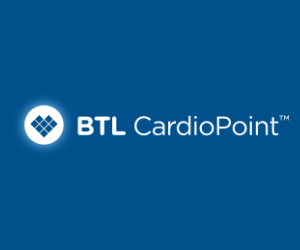Clinical guidelines for the treatment of arterial hypertension in the peripartum period
Hypertensive disorders in the peripartum period are one of the most common conditions that lead to a significant increase in morbidity and mortality in women, fetuses and newborns. Causes of peripartum arterial hypertension may be the continuation of hypertensive pregnancy disorders (chronic arterial hypertension, gestational arterial hypertension), de novo preeclampsia and iatrogenic causes such as nonsteroidal anti-inflammatory drugs used for analgesia and uterotonics used in postpartum hemorrhage control. Women who develop severe arterial hypertension in pregnancy or severe postpartum arterial hypertension are at high risk of developing life-threatening complications, and despite the lack of evidence-based data, antihypertensive treatment based on expert opinion is recommended. Intravenously administered labetalol and oral nifedipine are recommended as first-line treatment of hypertensive emergencies during pregnancy and in the postpartum period. Of the recommended drugs for intravenous administration, such as labetalol, the use of which is not so common in Croatia, urapidil is used most often. Induction of labor is associated with an improved maternal outcome and should be advised to women with gestational arterial hypertension or mild preeclampsia at 37 weeks of gestation. This paper provides the first interdisciplinary approach in the treatment of women with arterial hypertension in the peripartum period based on relevant clinical evidence and expert group consensus.
Key words:
acetylsalicylic acid; antihypertensive drugs; chronic arterial hypertension; gestational arterial hypertension; hypertensive emergency; preeclampsia





